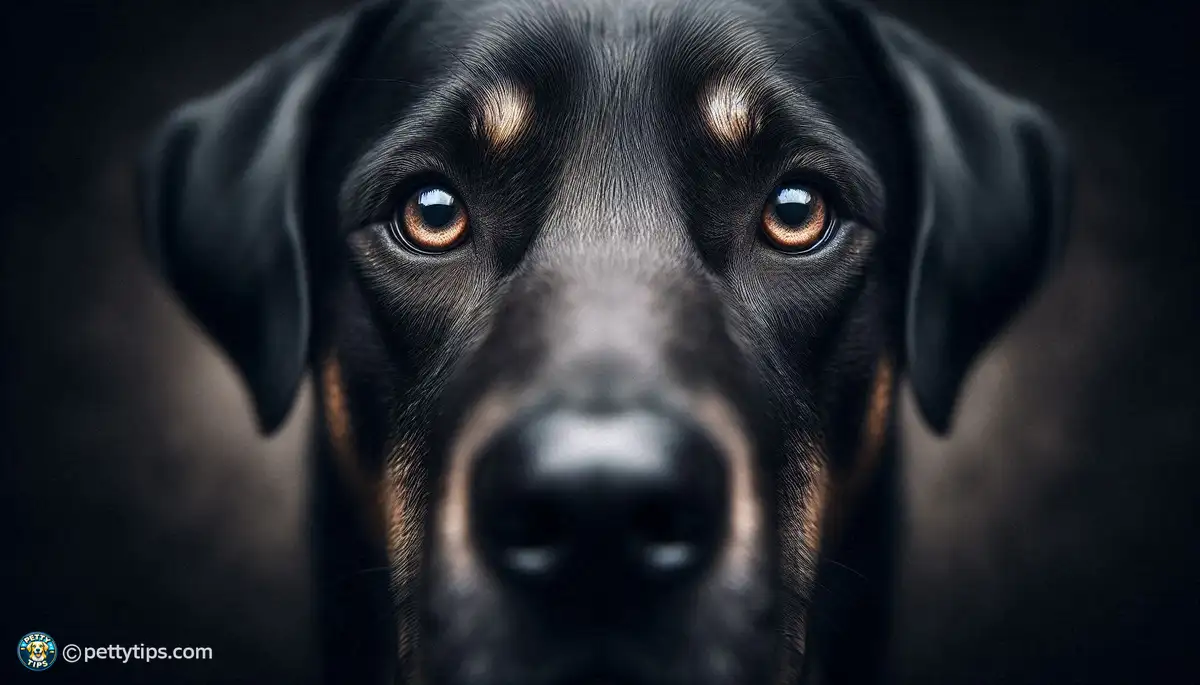The Importance of Eye Contact in Canine Communication

Establishing Trust and Connection
eye contact isn't just a human thing; it's a universal form of communication, even among our canine companions. Dogs, like humans, use eye contact to convey emotions, intentions, and establish connections. When a dog looks into your eyes, it's not just seeking attention; it's attempting to communicate on a deeper level. Establishing trust and connection with your furry friend begins with acknowledging the power of eye contact.
Eye contact serves as a bridge between humans and dogs, signaling trust and understanding. When your dog looks into your eyes, it's seeking reassurance and guidance. By reciprocating this gaze, you reinforce the bond between you and your pet. However, it's crucial to understand that eye contact can also signify dominance or aggression in certain contexts. Learning to interpret your dog's body language and respecting their boundaries is essential for fostering a healthy relationship based on mutual trust and respect.
Reading Canine Body Language
Understanding the nuances of canine body language is key to deciphering the messages behind their gaze. Dogs use a combination of facial expressions, body posture, and vocalizations to communicate their feelings and intentions. When making eye contact with your dog, pay attention to their overall demeanor. A relaxed and soft gaze accompanied by a wagging tail indicates friendliness and affection. Conversely, a tense posture with direct eye contact may signal aggression or discomfort.
Observing your dog's body language during eye contact can provide valuable insights into their emotional state. For instance, dilated pupils and a stiff body indicate arousal or anxiety, while relaxed facial muscles and a gentle gaze suggest contentment. By becoming attuned to your dog's subtle cues, you can enhance communication and strengthen your bond.
Building Trust Through Eye Contact
Reinforcing Obedience and Training
Eye contact plays a crucial role in obedience training and reinforcing desired behaviors in dogs. When training your canine companion, establishing eye contact helps maintain focus and engagement. By teaching your dog to make eye contact on command, you can effectively communicate expectations and reinforce obedience.
During training sessions, encourage your dog to make eye contact by using positive reinforcement techniques such as treats or praise. Rewarding your pet for maintaining eye contact reinforces the behavior and strengthens the bond between you. Over time, your dog will learn to associate eye contact with positive outcomes, making training more effective and enjoyable for both of you.
Strengthening the Human-Canine Bond
The bond between a dog and its owner is built on trust, communication, and mutual respect. Eye contact serves as a powerful tool for strengthening this bond by fostering a sense of connection and understanding. When you look into your dog's eyes, you're acknowledging their presence and affirming your connection.
Making eye contact with your dog during everyday interactions reinforces your bond and enhances communication. Whether it's during playtime, mealtime, or a leisurely walk, take the time to connect with your furry friend through eye contact. This simple gesture can deepen your relationship and enrich your shared experiences.
Navigating Social Interactions
Interpreting Canine Intentions
In social settings, understanding canine body language is essential for navigating interactions with other dogs and their owners. Dogs use eye contact to communicate a wide range of emotions and intentions, from friendliness to aggression. When introducing your dog to unfamiliar animals, observe their body language and monitor their eye contact.
A soft, relaxed gaze accompanied by playful body language indicates a willingness to engage and interact. Conversely, a fixed stare or raised hackles may signal discomfort or hostility. By paying attention to these cues, you can prevent potential conflicts and ensure positive social interactions for your dog.
Promoting Positive Encounters
Encouraging positive interactions with other dogs begins with effective communication and mutual respect. When meeting new dogs, allow them to greet each other at their own pace and avoid forcing interactions. Respect your dog's boundaries and intervene if either party displays signs of discomfort or aggression.
Using eye contact to communicate with other dog owners can also help facilitate positive encounters. By making eye contact and exchanging friendly gestures, you can signal openness and goodwill. Building rapport with other pet owners creates a supportive community where dogs can socialize and thrive.
Enhancing Training and Communication Skills
Establishing Leadership and Authority
In the canine world, establishing leadership is essential for maintaining order and harmony within a pack. Dogs rely on clear communication and assertive body language to establish hierarchy and resolve conflicts. Making eye contact with your dog demonstrates leadership and authority, reinforcing your role as their trusted guide.
When training your dog, maintaining consistent eye contact communicates confidence and assertiveness. Dogs are highly attuned to their owner's body language and demeanor, so projecting calm assertiveness during training sessions is key to success. By establishing yourself as a strong and confident leader, you can effectively communicate expectations and shape your dog's behavior.
Improving Communication and Understanding
Effective communication is the cornerstone of a strong relationship between dogs and their owners. Eye contact serves as a powerful tool for enhancing communication and deepening understanding. When interacting with your dog, use eye contact to convey praise, encouragement, or correction.
By establishing a clear line of communication through eye contact, you can strengthen your bond with your dog and foster a deeper connection. Whether you're teaching new commands, addressing behavioral issues, or simply enjoying quality time together, maintaining eye contact enhances mutual understanding and reinforces your relationship.
Conclusion
Understanding the importance of eye contact in canine communication is essential for building a strong and fulfilling relationship with your furry friend. By acknowledging the power of eye contact and learning to interpret your dog's body language, you can enhance communication, strengthen trust, and deepen your bond. Whether you're training your dog, navigating social interactions, or simply enjoying quality time together, making eye contact is a simple yet powerful way to connect with your canine companion.
